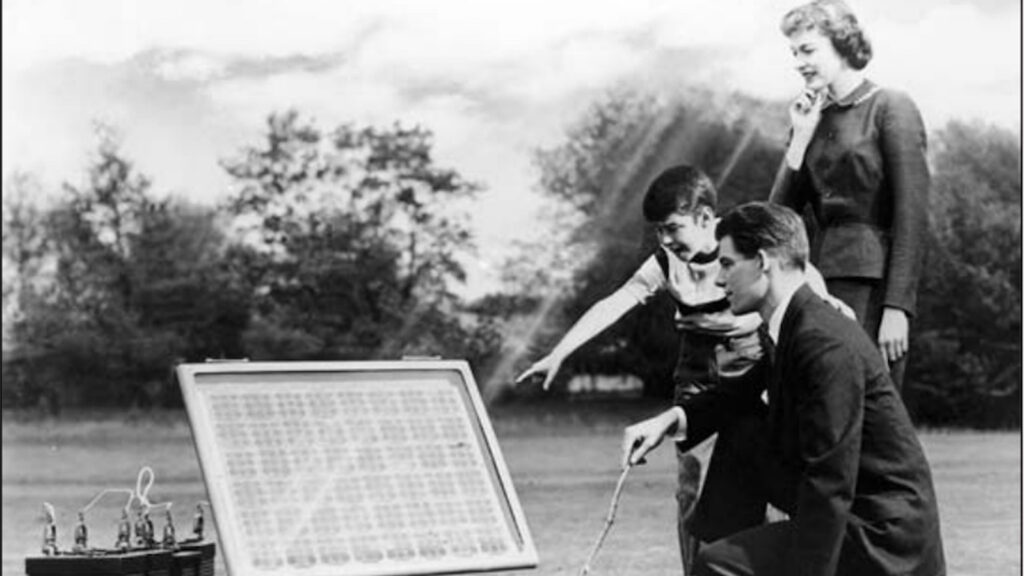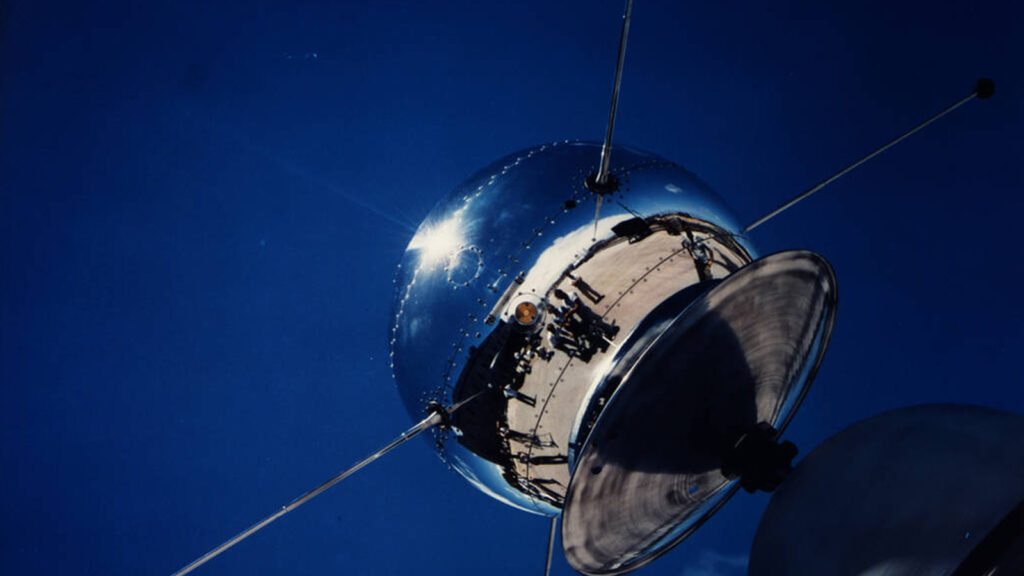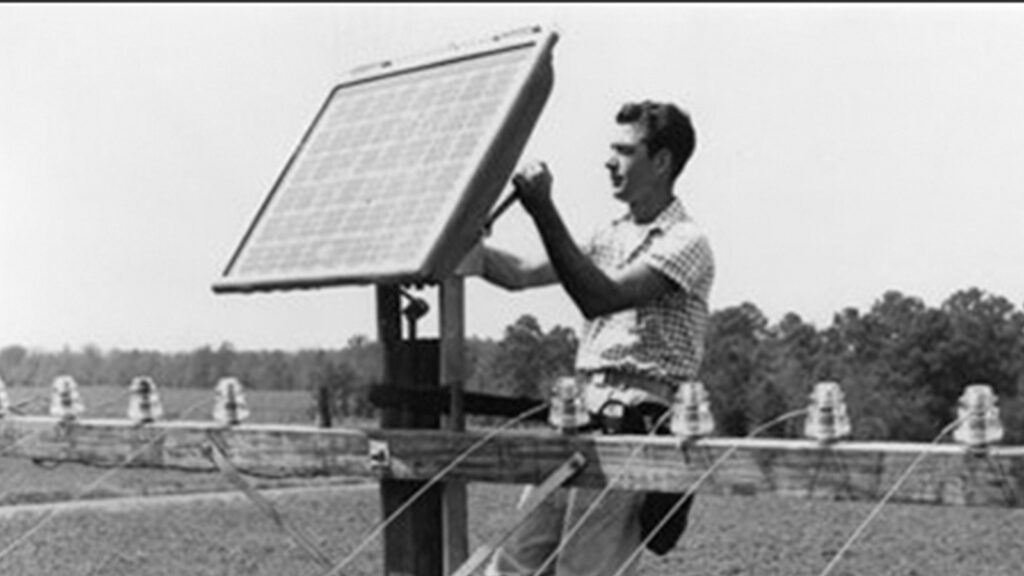Photovoltaic technology, which uses solar cells to convert sunlight into electricity, has become increasingly important as a renewable energy source in recent years. Although the basic principles of photovoltaics have been understood for more than a century, it was not until the second half of the twentieth century that practical applications of the technology began to emerge.
The Birth of Photovoltaics
In 1839, French physicist Alexandre-Edmond Becquerel discovered that when two metal electrodes in a conducting fluid were illuminated with light, a current flowed between the electrodes, a phenomenon he named the photovoltaic effect. To commemorate his discovery, the photovoltaic effect is also called the “Becquerel effect.

In 1883, American inventor Charles Fritts (Charles Fritts) invented the first solar cell using a very thin layer of gold over a selenium semiconductor to form a semiconductor metal junction. The device’s conversion efficiency was only about 1 percent, but it demonstrated the potential of photovoltaic technology as a means of generating electricity.
Over the next few decades, researchers continued to experiment with different solar cell materials and designs, with varying degrees of success.
In 1954, Bell Labs researchers, including Daryl Chapin, Calvin Fuller and Gerald Pearson, created the first monocrystalline silicon solar cell with a conversion efficiency of 6 percent. This breakthrough marked the birth of photovoltaic power generation technology.

Evolution of Photovoltaic Technology
The oil crisis of the 1970s also helped spark interest in renewable energy sources, including solar power.
On March 17, 1958, the second U.S. artificial satellite, using chemical and photovoltaic cells, was launched into space via a launcher. This small satellite laid the foundation for the use of solar cells, which have been gradually developed for space exploration ever since.

In 1976, the Australian government decided to operate the entire telecommunications network in the outback through photovoltaic cell stations.
Since 1983, the U.S. Coast Guard has been using photovoltaics to power its signal and navigation lights. At this time, the U.S. accounted for about 21% of the global PV market, and the PV market mainly provided solutions for stand-alone systems.
After entering 2007, photovoltaic power generation technology breakthroughs, while with the global concept of low-carbon life continues to spread, the global solar energy into a rapid development phase, countries launched government subsidy policies.
From 2008 to 2013, the annual growth rate of new PV installations was maintained at more than 50%, and even reached nearly 80% in 2011.
Today, PV technology is used in a wide range of applications, from small solar panels for individual homes and businesses to large solar power plants that provide electricity for entire communities. Global annual installed PV capacity has gone from 16GW in 2010 to 260GW by 2022.

Despite the many advances in PV technology, there are still many challenges to overcome. One of the biggest hurdles is the high cost of producing and installing solar panels, a cost that has been steadily declining in recent years. The development of cell technology in the photovoltaic industry has gone through many stages, and regardless, the potential of PV technology to provide clean, renewable energy is undeniable.
As research and development continues, we will likely see more efficient and affordable solar cells in the coming years, helping to reduce our reliance on fossil fuels and mitigate the effects of climate change.
Maysun Solar, a PV module manufacturer with 15 years of expertise, can provide you with quality solar panels, click the button below to contact us for a product quote.



